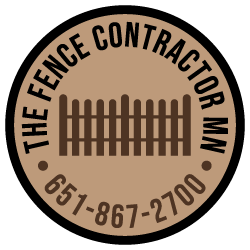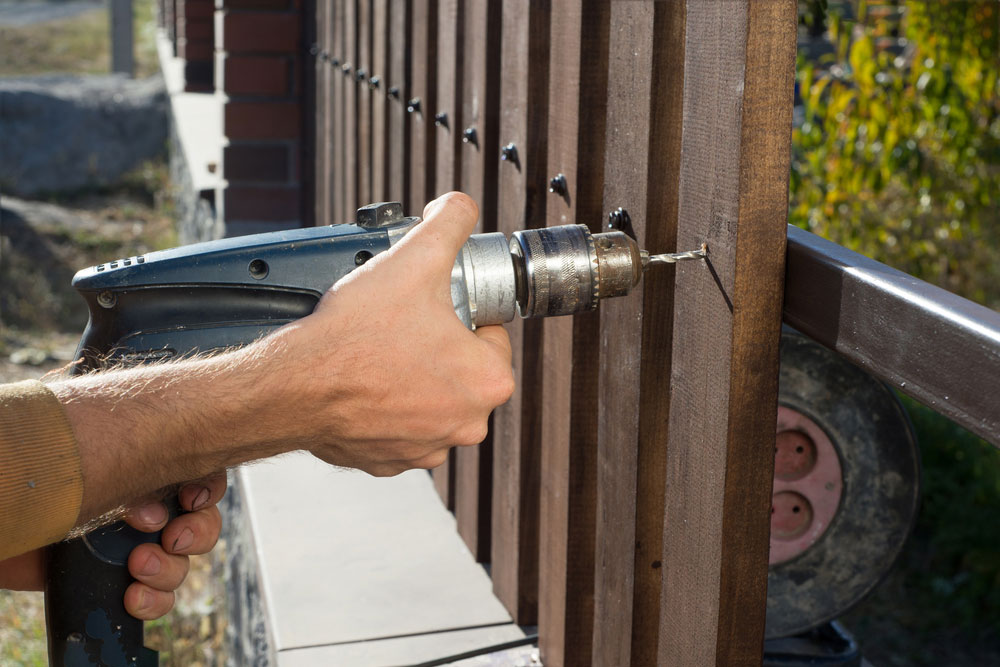When hiring a fence contractor, understanding the factors that influence costs is crucial for effective budgeting.
Material choices, property size, and labor fees can all significantly impact the final price.
Additional expenses like permits, site preparation, and unexpected challenges may also arise.
What initially seems straightforward can quickly become more complex without proper planning.
Exploring these details can help you make informed decisions and avoid surprises.
Factors Influencing Fencing Costs
Several key factors can impact the total cost of your fencing project, so understanding these elements can help you plan your budget effectively.
Material and Design Choices
The type of fence you select plays a major role in cost.
- Wood, Vinyl, or Metal: Each material has different price points and maintenance needs.
- Custom Designs: Decorative elements or unique styles may increase expenses.
Size and Property Layout
The larger the area, the more materials and labor will be required.
- Perimeter Measurements: Accurate calculations are crucial for estimating costs.
- Uneven Terrain: Slopes, rocky ground, or tree roots may require additional preparation.
Additional Features and Local Factors
Extra elements and regional costs can also impact your budget.
- Gates and Security Features: These additions can raise expenses.
- Permits and Labor Rates: Local requirements and contractor fees can vary by area.
By considering these factors, you can make informed decisions that align with your budget and project goals.
Average Cost of Different Fence Materials
Choosing the right fence material is key to balancing cost, durability, and aesthetics. Here’s a breakdown of common options to help you budget effectively.
Wood Fences
A popular choice for their natural look and versatility.
- Cost: $15 to $30 per linear foot
- Considerations: Maintenance may include staining or sealing.
Vinyl Fences
Known for durability and minimal upkeep.
- Cost: $20 to $40 per linear foot
- Considerations: Higher upfront cost but lower maintenance over time.
Metal Fences
Great for strength, security, and visual appeal.
- Aluminum: $25 to $50 per linear foot
- Wrought Iron: $30 to $70 per linear foot
Budgeting Tips
- Get Multiple Quotes: Prices vary by location and project complexity.
- Factor in Installation: Labor costs can significantly impact your budget.
By understanding these costs, you can make an informed decision that suits your property’s style and budget.
Additional Expenses to Consider
When planning your fence installation, it’s important to account for extra costs that may arise beyond the fence itself.
Permit Fees
- Many areas require permits for fence installation.
- Costs vary depending on local regulations.
Site Preparation
- Removing old fencing or clearing land may require extra labor.
- Uneven terrain or obstacles can increase preparation costs.
Post-Installation Costs
- Maintenance like staining or sealing may be necessary.
- Repairs over time can add to long-term expenses.
Contractor Fees
- Some contractors charge for travel, cleanup, or disposal.
- Be sure to ask for a detailed estimate upfront.
Landscaping Adjustments
- After installation, you may need to replant or restore your lawn.
By factoring in these potential expenses, you can budget more accurately and ensure your fence project stays on track.
Considering these potential expenses helps you create a realistic budget and avoid unexpected costs during your fence installation.
By planning ahead and discussing details with your contractor, you can ensure your project runs smoothly and achieves the desired results.

